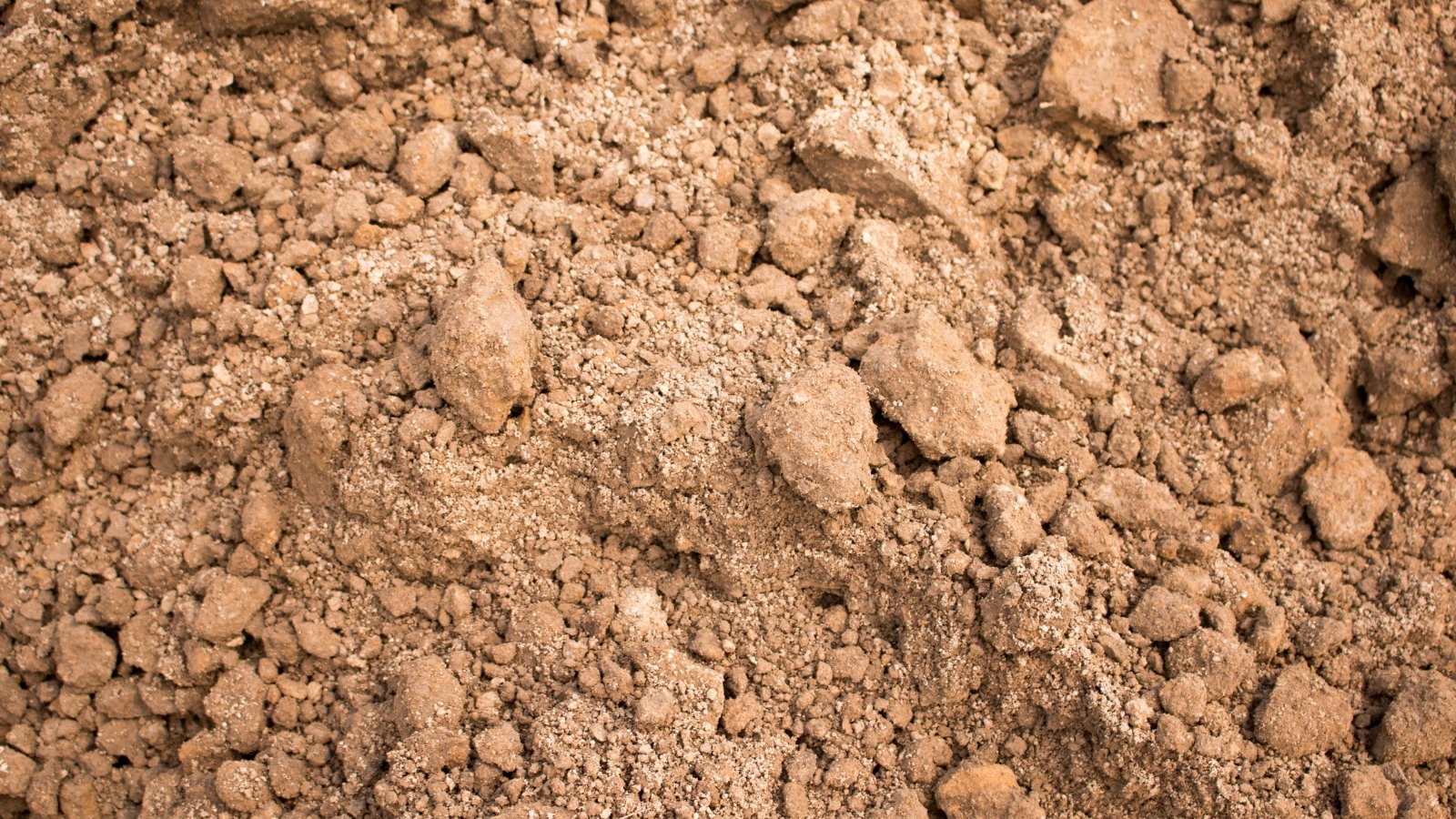California fuchsia (Epilobium canum) is a vibrant addition to any garden, with its brilliant red blooms lighting up the landscape in late summer and fall. These perennials are not only drought-resistant but also low-maintenance, making them ideal for gardeners seeking beauty with minimal effort. Their fuzzy, gray foliage adds a unique touch to garden designs, and their nectar-rich flowers attract beneficial pollinators like bees and hummingbirds.
Here’s a comprehensive guide to planting, growing, and caring for California fuchsia to keep them thriving year-round.
Planting and Growing California Fuchsia
California fuchsia is remarkably easy to grow, tolerating a range of soil types and thriving in arid climates. Once established, these hardy plants require very little care. With the right conditions, you can enjoy their stunning blooms and vigorous growth year after year.
Ideal Climate and Temperature
These perennials flourish in USDA hardiness zones 8-11, tolerating brief winter temperatures as low as 15°F (-9°C), depending on the variety. They thrive in regions with dry summers and ample sunlight.

Certain cultivars, like ‘Marin Pink,’ are better suited for coastal areas with mild fog and less frost. However, they’re not ideal for humid and rainy regions like the southeastern U.S., as they don’t tolerate waterlogged soil.

Soil Requirements
California fuchsia prefers well-drained soil, such as sandy, chalky, or loamy substrates. These soils mimic their natural habitat in southern California and provide the aeration needed to prevent root rot.

Although they adapt to various pH levels, neutral soil tends to work best. Always ensure proper drainage to avoid standing water, which can harm the plant.
Watering Needs
One of the standout traits of California fuchsia is its drought tolerance. During summer, water them deeply but infrequently—about once a month is usually sufficient. If your region receives heavy rainfall, monitor the soil to ensure proper drainage, as soggy conditions can damage the roots.

In cooler, coastal climates, you may only need to water them once every two to three months. Over-watering can cause yellowing and wilting, so always err on the side of caution.
Maintaining Healthy Plants
Pruning Tips
Pruning promotes lush growth and enhances flowering. After the fall bloom, cut plants back to the ground in early winter. This redirects energy to the roots and prepares the plant for vigorous spring growth.

For taller varieties like ‘Catalina,’ light pruning in the spring encourages bushier lateral growth, creating a fuller appearance.
Fertilizing Recommendations
California fuchsia thrives in a range of soil conditions but benefits from organic fertilizers applied every one to two months. Use a balanced fertilizer or bone meal to support healthy growth and vibrant blooms.

Propagation Techniques
These perennials propagate easily through seeds or cuttings. Mature seeds form 8-10 weeks after pollination and can self-sow naturally in your garden. For more control, collect seed pods, dry them, and plant them in your desired location the following season.

To propagate via cuttings, snip 4-6 inches of healthy stems above a node. Remove leaves from the base, plant the cuttings in well-drained soil, and keep them moist until new growth appears.
Why Choose California Fuchsia?
Whether you’re seeking a pop of red for your late-season garden or a hardy, low-maintenance plant for arid landscapes, California fuchsia is a perfect choice. With proper care, these plants will reward you with years of vibrant blooms and a garden buzzing with life.
Enjoy cultivating this resilient and stunning perennial!

